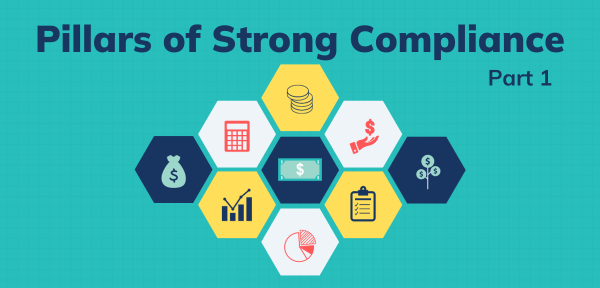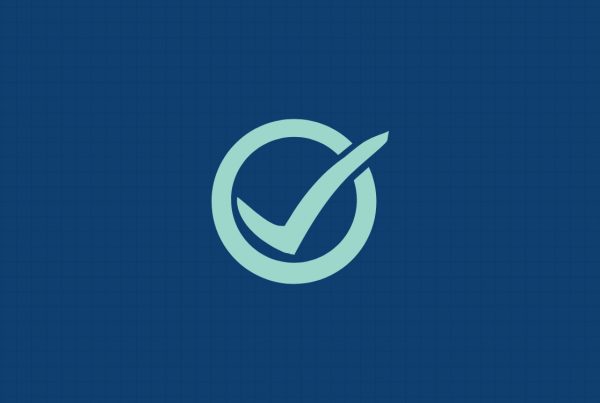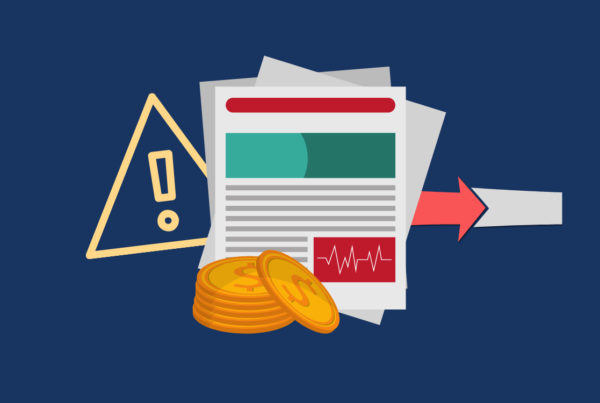Compliance is the cornerstone upon which businesses build trust, stability, and longevity in an ever-evolving regulatory landscape. However, the complexity of today’s regulatory environment can make it challenging for financial services businesses to efficiently identify their regulatory obligations.
In this three-part series, we delve into the essential components of a strong regulatory compliance program.
Here, in part one, we review two topics outlined in Ascent’s Regulatory Compliance Scorecard: 1) Defining corporate entities and 2) Identifying laws, rules and regulations that apply to your business.
Step One: Defining Corporate Entities
The first step in crafting a rock-solid compliance program is to define your corporate legal entities and their associated products and services. This foundational step establishes a crystal-clear understanding of the scope and scale of your business operations. By mapping these entities to products and services, you gain a comprehensive view of your organizational structure, enabling a more targeted and efficient compliance initiative.
Defining corporate entities is a holistic exercise akin to creating a detailed map of your organization, allowing you to navigate the complex terrain of regulations with confidence. Furthermore, this detailed understanding enables you to allocate resources effectively, and direct compliance efforts precisely where they are needed most.
Step 2: Identifying Applicable Laws, Rules, and Regulations
Once you define your corporate entities and product offerings, the next step is to identify applicable laws, rules, and regulations. This involves conducting a comprehensive review of the regulatory landscape, with a specific focus on the industries and jurisdictions relevant to your business. This involves meticulously mapping each of your regulatory requirements to the corresponding entities, products, and services within your business. Additionally, providing direct links to supervisory agencies ensures easy access to the primary sources of regulatory information, facilitating ongoing compliance efforts.
By establishing a clear and well-documented path through the labyrinth of regulations, you can empower your organization to operate with confidence and integrity.
––
In the next article in our series, we explore the process of establishing a robust obligations library by creating tailored lists of obligations and centralizing compliance data, to ensure that your compliance program stands strong. Read part two here.
Subscribe to our newsletter for industry expertise delivered right to your inbox.
Rate your compliance-readiness in just 5 minutes
Rate your compliance-readiness in just 5 minutes








